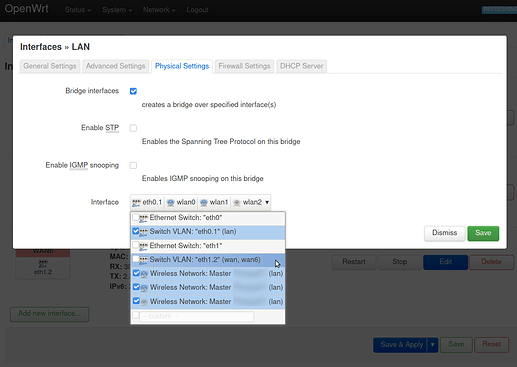Thanks for all the help!
It is really annoying that it has to be so involved to make it work (especially since my provider is using CGNAT for IPv4 and so IPv6 should be prioritized...).
I will look into DNS hijacking as @treysis is suggesting. But otherwise I will probably try to even find another provider in the long term that can give me a simple ONT so that I can connect my own router to it.
@vgaetera Just in case here is the output for ifstatus wan6:
root@OpenWrt:~# ifstatus wan6
{
"up": true,
"pending": false,
"available": true,
"autostart": true,
"dynamic": false,
"uptime": 298501,
"l3_device": "eth1.2",
"proto": "dhcpv6",
"device": "eth1.2",
"metric": 0,
"dns_metric": 0,
"delegation": true,
"ipv4-address": [
],
"ipv6-address": [
{
"address": "2a01:c50f:c4c5:d000:6238:e0ff:fecd:1d48",
"mask": 64,
"preferred": 563,
"valid": 1763
}
],
"ipv6-prefix": [
],
"ipv6-prefix-assignment": [
],
"route": [
{
"target": "2a01:c50f:c4c5:d000::",
"mask": 64,
"nexthop": "::",
"metric": 256,
"valid": 1763,
"source": "::/0"
},
{
"target": "::",
"mask": 0,
"nexthop": "fe80::be30:d9ff:fe77:1dcd",
"metric": 512,
"valid": 563,
"source": "2a01:c50f:c4c5:d000:6238:e0ff:fecd:1d48/64"
}
],
"dns-server": [
"fe80::be30:d9ff:fe77:1dcd"
],
"dns-search": [
"home"
],
"neighbors": [
],
"inactive": {
"ipv4-address": [
],
"ipv6-address": [
],
"route": [
],
"dns-server": [
],
"dns-search": [
],
"neighbors": [
]
},
"data": {
"passthru": "00170010fe80000000000000be30d9fffe771dcd0018000604686f6d6500"
}
}
// Edit: @treysis to bridge LAN with WAN should I do this in the interface settings for LAN as shown on the picture, where I activate Switch VLAN: "eth1.2" (wan, wan6)?
